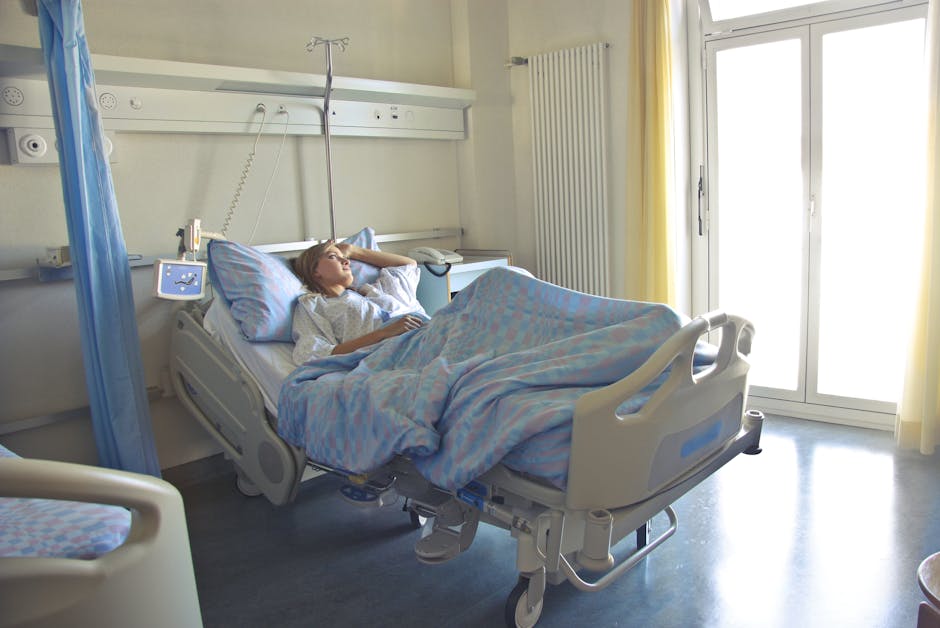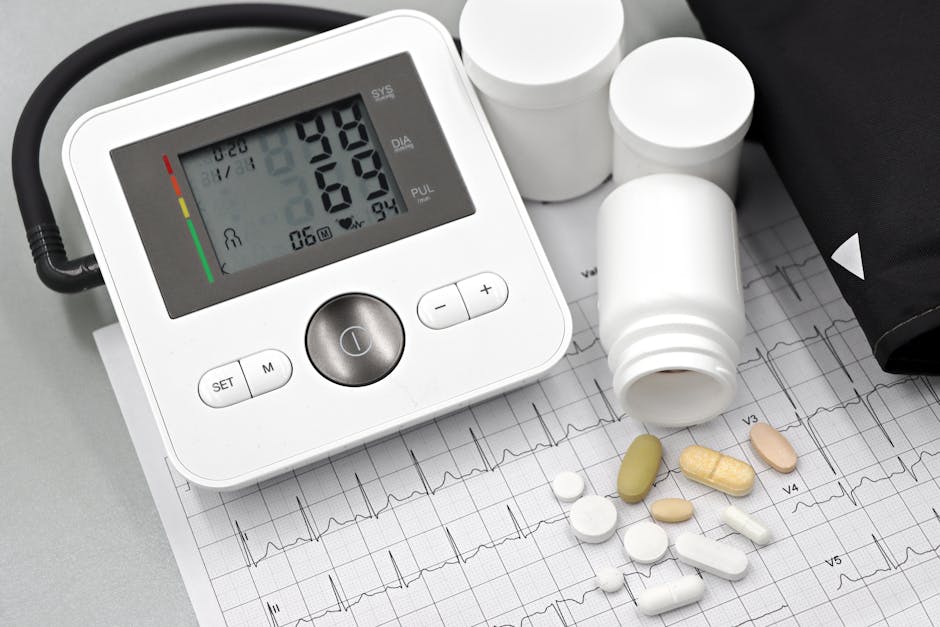Managing Eye Conditions: Your Treatment Guide
Did you know that over 2.7 million people in the U.S. aged 50 and older have glaucoma? Eye conditions can impact anyone, and understanding how to manage them is crucial. This guide will help you explore various eye conditions and their treatments. Whether you’re experiencing blurry vision, dryness, or something more serious, you’ve come to the right place.
What Are Common Eye Conditions?

First, lets look at some common eye conditions that many people face:
- Dry Eye Syndrome: This occurs when your eyes don’t produce enough tears.
- Glaucoma: An increase in eye pressure that can lead to vision loss.
- Cataracts: Clouding of the lens in your eye, leading to blurry vision.
- Age-related Macular Degeneration (AMD): Affects central vision as you age.
Understanding these conditions can help you recognize symptoms and seek help sooner. So, lets dive deeper into each one.
How Do You Recognize Dry Eye Syndrome?

Dry eye syndrome is often easy to spot. Do you frequently experience:
- A gritty sensation in your eyes?
- Redness or irritation?
- Blurred vision that improves with blinking?
If you answered yes, you might have this condition. It can be caused by several factors, including:
- Staring at screens for too long.
- Certain medications, like antihistamines.
- Environmental factors, like wind or smoke.
What Are the Treatment Options for Dry Eyes?

Luckily, there are many ways to treat dry eyes:
- Artificial Tears: These are available over-the-counter and can provide quick relief.
- Punctal Plugs: Tiny devices inserted in your tear ducts to keep your eyes moist.
- Prescription Medications: Your doctor may prescribe special eye drops.
Also, remember to take breaks from screens and blink more often. Simple habits can make a big difference!
What Should You Know About Glaucoma?

Glaucoma is often called the “silent thief of sight.” Many people don’t realize they have it until significant damage occurs. But how can you tell?
Possible signs include:
- Loss of peripheral vision.
- Blurry vision.
- Seeing halos around lights.
Regular eye exams are crucial for early detection. The National Eye Institute recommends that adults over 40 have comprehensive eye exams at least every two years.
What Are the Treatments for Glaucoma?
Managing glaucoma often requires a combination of treatments:
- Eye Drops: These help reduce eye pressure.
- Oral Medications: Another way to lower pressure.
- Surgery: In some cases, laser surgery may be necessary.
it’s vital to follow your doctors recommendations closely. Missing doses can lead to vision loss.
How Do You Identify Cataracts?
Cataracts develop slowly, making them tricky to notice at first. Look for these signs:
- Cloudy or blurry vision.
- Difficulty seeing at night.
- Colors appearing faded or yellowed.
As they progress, cataracts can significantly affect daily life. You might find it hard to read or drive at night.
What Are Your Treatment Options for Cataracts?
The primary treatment for cataracts is surgery. Heres what you can expect:
- Phacoemulsification: A common technique where the cloudy lens is broken up and removed.
- Intraocular Lens (IOL): A new clear lens is implanted to replace the cloudy one.
Most patients experience improved vision after surgery. it’s a safe and effective procedure.
What Is Age-related Macular Degeneration (AMD)?
AMD affects central vision and is more common as we age. You may notice:
- Difficulty reading or recognizing faces.
- Distorted or wavy vision.
- Dark or empty areas in your central vision.
There are two types of AMD: dry and wet. Dry AMD is more common and progresses slowly, while wet AMD can lead to rapid vision loss.
How Can You Manage AMD?
Managing AMD involves regular check-ups with your eye doctor. Possible treatments include:
- Vitamins: Certain supplements may slow progression.
- Anti-VEGF injections: For wet AMD, these can help reduce vision loss.
- Laser Therapy: Used to target abnormal blood vessels.
Living a healthy lifestyle can also help. A balanced diet rich in fruits and vegetables supports eye health.
How Can You Prevent Eye Conditions?
Prevention is always better than cure. Here are some tips to keep your eyes healthy:
- Wear sunglasses to shield your eyes from UV light.
- Maintain a healthy diet with plenty of leafy greens.
- don’t smoke; it increases the risk of eye diseases.
- Stay active with regular exercise.
Additionally, regular eye exams can catch issues early. Make them a priority!
What Should You Do If You Experience Symptoms?
If you notice changes in your vision, don’t wait. Consult an eye care professional. Early detection can lead to better outcomes.
Keep in mind that many treatments exist, and you don’t have to navigate this alone. Your doctor will work with you to find the best options.
Take Action for Your Eye Health Today!
Managing eye conditions requires knowledge and action. From understanding symptoms to exploring treatment options, you have the power to protect your vision. Remember:
- Schedule regular eye exams.
- Educate yourself about your condition.
- Adopt healthy habits for prevention.
By taking these simple steps, you can safeguard your sight for years to come. Don’t hesitate to reach out to professionals for advice. Your eyes deserve the best care!
For more information on eye health, visit the National Eye Institute.
In conclusion, managing eye conditions doesnt have to be daunting. With the right knowledge and support, you can take charge of your eye health. Stay informed, and don’t let these common issues dim your vision.



